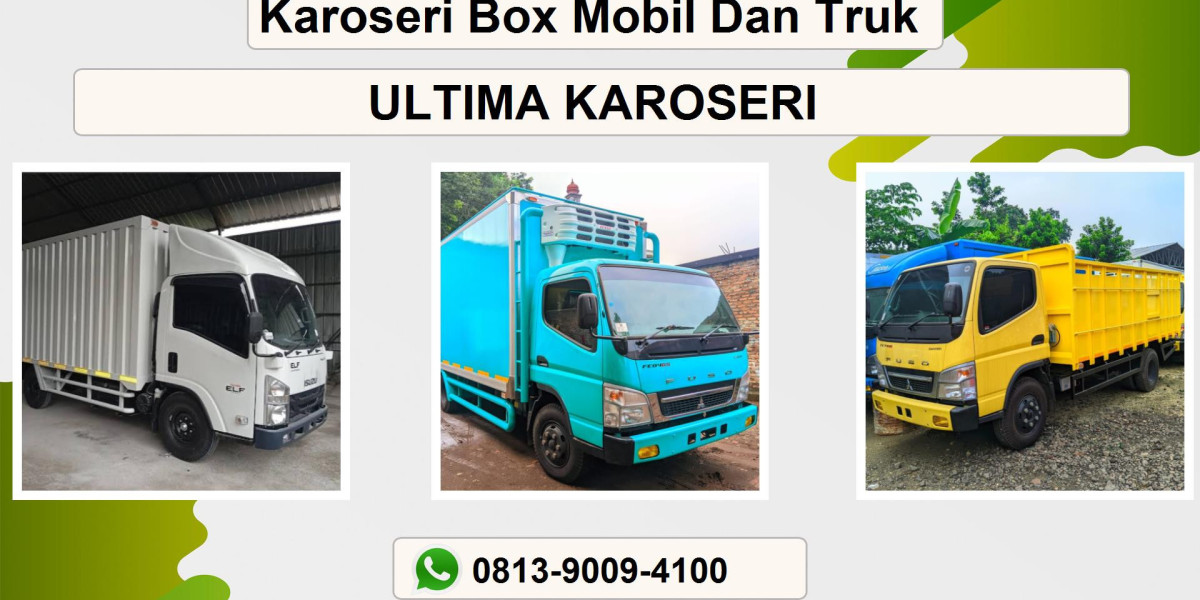Maximize Gains: Effective Dbol Tren Cycle For Bodybuilders
Sustainability and Ethical Fashion
The fashion industry is increasingly driven by sustainability imperatives—carbon‑neutral supply chains, circular business models, and transparent sourcing practices are becoming standard expectations. Brands that adopt regenerative agriculture, recycled fibers, and biodegradable packaging can differentiate themselves and attract eco‑conscious consumers. Regulatory pressures (e.g., EU’s Sustainable Products Initiative) and consumer activism demand rigorous ESG reporting; failure to comply risks reputational damage and market exclusion.
Ethical Labor Practices
Worker welfare remains a critical factor in brand perception. Fair wages, safe working conditions, and the right to collective bargaining are no longer optional. Companies that embed ethical labor standards into their contracts—verified through third‑party audits—can secure premium pricing and build long‑term stakeholder trust. Social media amplifies any lapse; thus proactive engagement with trade unions and NGOs is essential.
Innovation & Sustainability
Sustainability drives product innovation: biodegradable materials, closed‑loop recycling, carbon‑neutral supply chains. Technological breakthroughs such as bio‑based polymers or digital twins for lifecycle assessment enable firms to reduce environmental footprints while maintaining performance standards. Partnerships with tech startups can accelerate these advancements and create competitive advantages.
---
2. Key Emerging Topics & Potential Risks
| Topic | Why It Matters | Key Risk |
|---|---|---|
| Digital Identity & Data Privacy | Increasing data collection in supply chains; consumer expectations for transparency. | Regulatory backlash (GDPR, CCPA) if mishandled. |
| Circular Economy Models | Demand for sustainable products and reuse cycles. | Inadequate infrastructure leading to sub‑optimal ROI. |
| AI‑Driven Predictive Maintenance | Reduces downtime & operational costs. | Overreliance on AI could mask critical failures; cybersecurity threats. |
| Blockchain for Provenance | Enhances traceability & brand integrity. | Scalability issues and high energy consumption concerns. |
| Climate Resilience Planning | Anticipating supply chain disruptions due to extreme weather. | Potential cost overruns if scenarios are not accurately modeled. |
---
3. Recommended Steps for Implementing the Strategy
Step 1: Establish a Cross‑Functional Steering Committee
- Composition: CMO, CFO, COO, IT Lead, Sustainability Manager, Legal Counsel.
- Mandate: Review the strategy, define success metrics, allocate budgets.
Step 2: Conduct an Internal Capability Audit
- Identify gaps in data analytics, sustainability reporting, and digital platforms.
- Prioritize investments that align with both brand objectives and stakeholder expectations.
Step 3: Design a Data‑Driven Brand Architecture Framework
- Map current brand assets (product lines, sub‑brands).
- Define clear brand hierarchies that reflect consumer perceptions and market opportunities.
Step 4: Roll Out the "Brand Experience" Digital Platform
- Launch an omnichannel campaign that integrates in‑store kiosks, mobile apps, and git.51aspx.com social media.
- Use AI to personalize recommendations based on user behavior and preferences.
Step 5: Implement ESG Integration Across All Touchpoints
- Embed sustainability metrics into product labeling (e.g., "carbon‑neutral", "biodegradable").
- Provide transparent reporting dashboards accessible to customers via the brand platform.
Step 6: Continuously Monitor, Optimize, and Scale
- Use real‑time analytics to adjust marketing spend, product assortment, and customer support.
- Expand the strategy globally by partnering with local influencers, adapting packaging for cultural relevance, and ensuring compliance with regional regulations.
Feel free to let me know if you'd like more specific guidance on any particular element of this plan!








